It’s a “nature park” rather than a “national park”, but the scenery in Serra da Estrela is great regardless of how you classify it. The park contains Portugal’s highest peak, more than 6,500′ above sea level. The drive in from Coimbra was rather harrowing. This is only at 4,400′:
We stayed at the Hotel Vila Galé Serra da Estrela, a four-year-old structure in Manteigas, which is a good base for exploring the various trails and other points of interest.
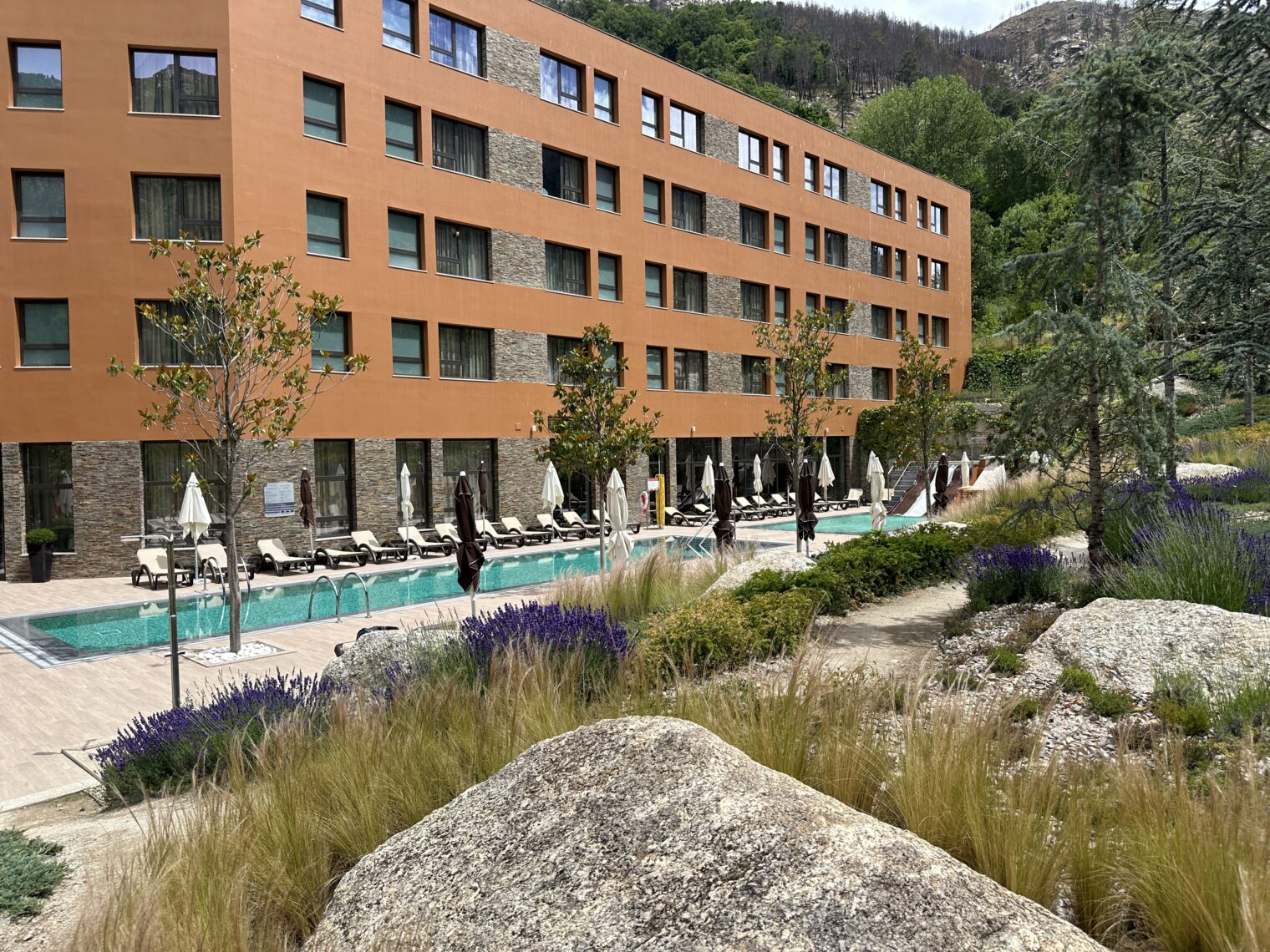

By Florida standards, the Portuguese don’t handle pools well. The indoor pool at this hotel was warm but dramatically over-chlorinated. The outdoor pool wasn’t heated and it isn’t all that warm in Portugal (daily high temps of around 70). Bathing caps are required in Portuguese pools so bring them if you think that you’ll be able to handle the chill. Here’s a popular waterfall a short drive from the hotel:
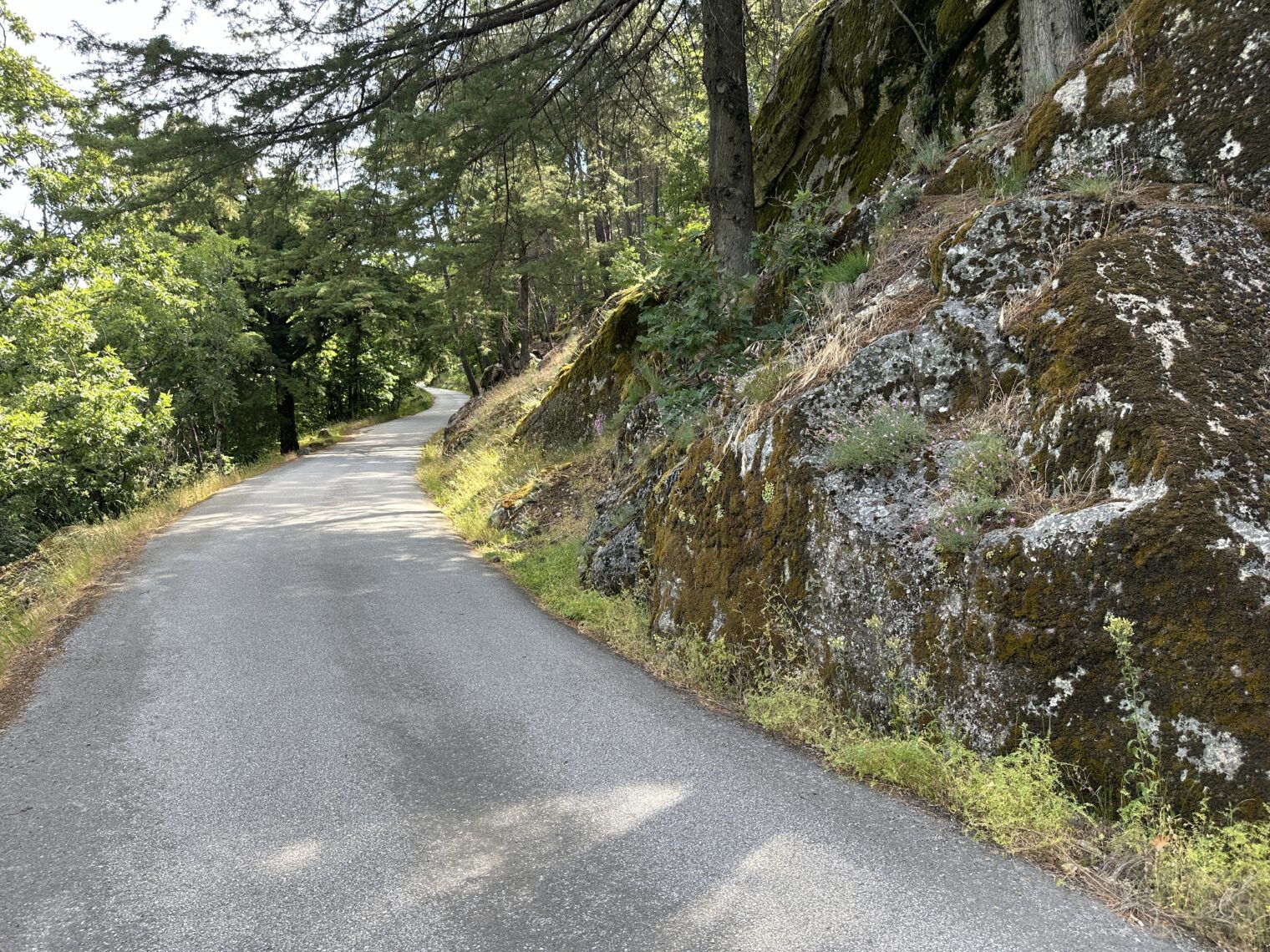
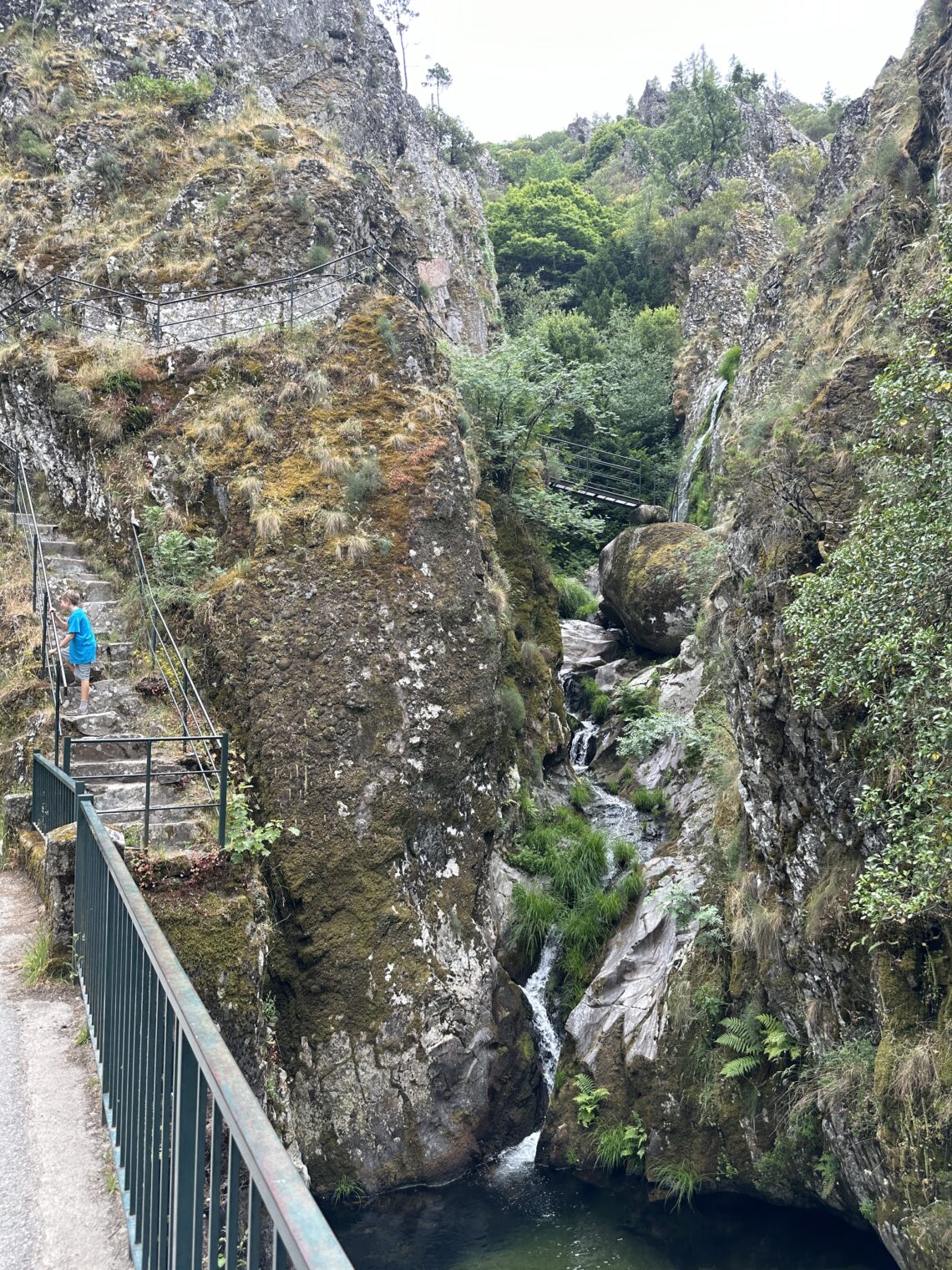
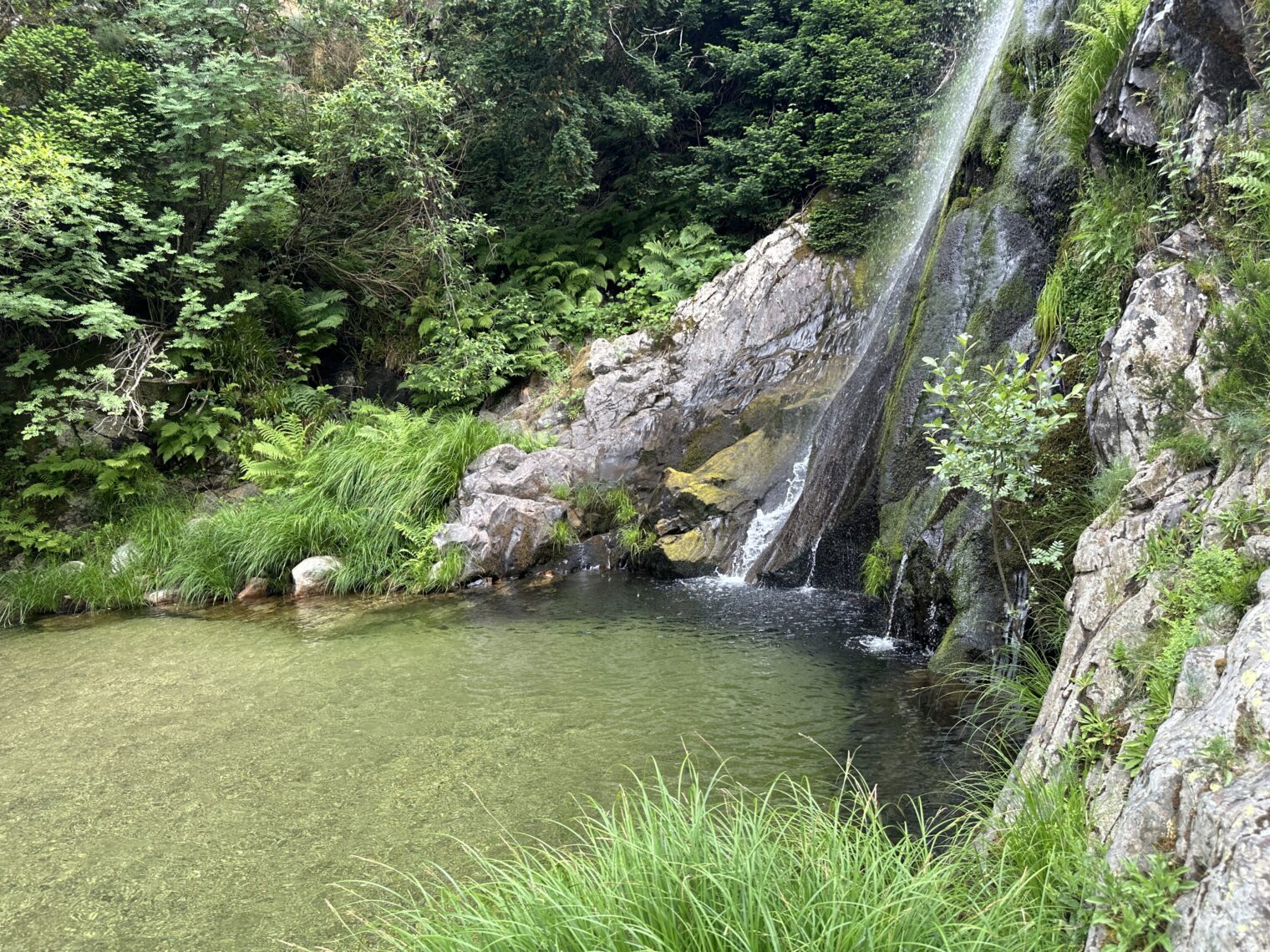
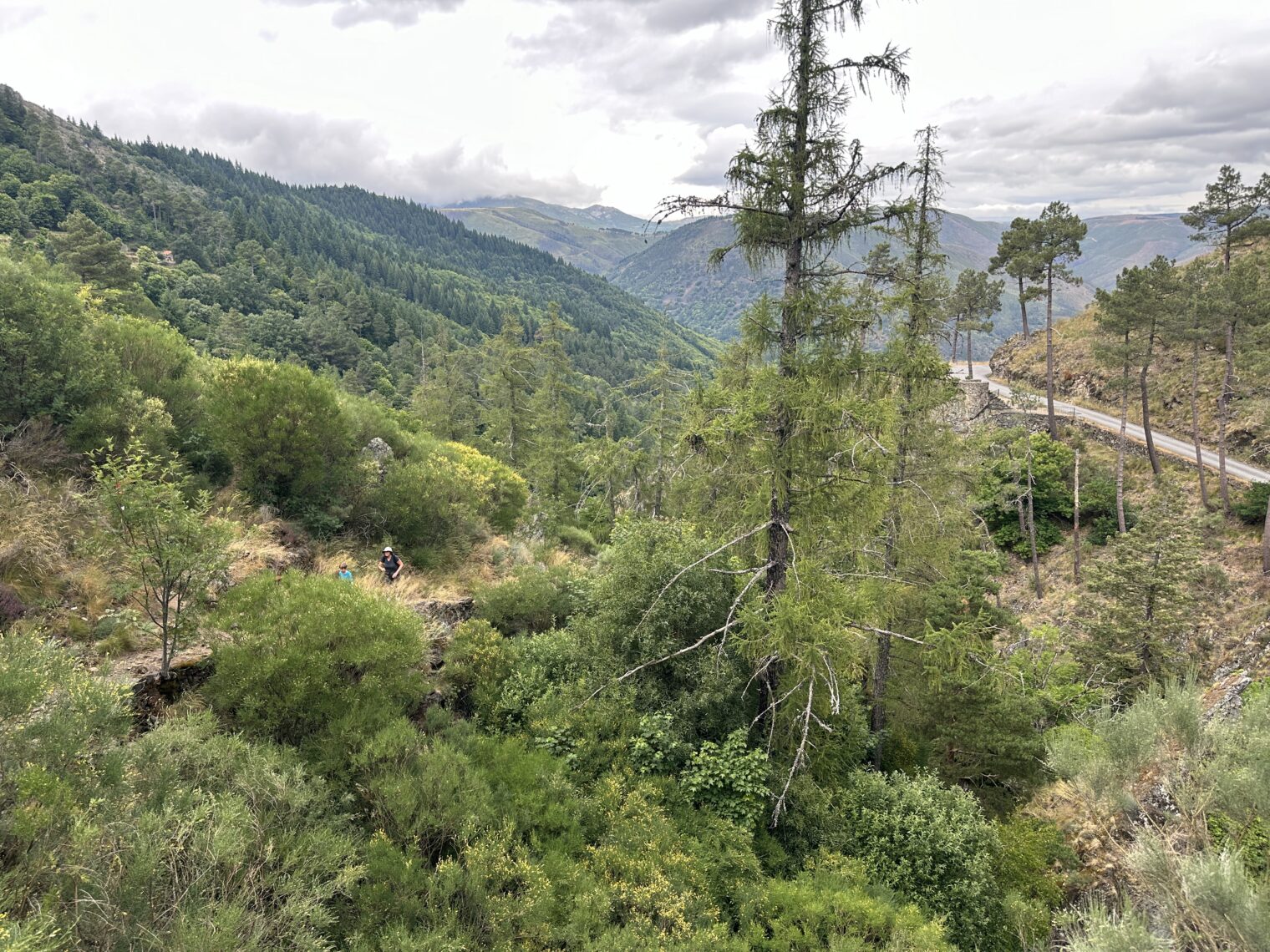
The Portuguese woods and mountains, at least in June, are much less crowded than U.S. parks (at least those that are accessible by road). There are some flies, but we were never bothered by mosquitoes and didn’t end up using the bug spray that we brought (maybe mosquitoes are worse south of Lisbon, an area that we didn’t visit). The ticks that plague New Englanders with Lyme Disease don’t seem to be an issue in Portugal, though supposedly Lyme Disease does occur here.
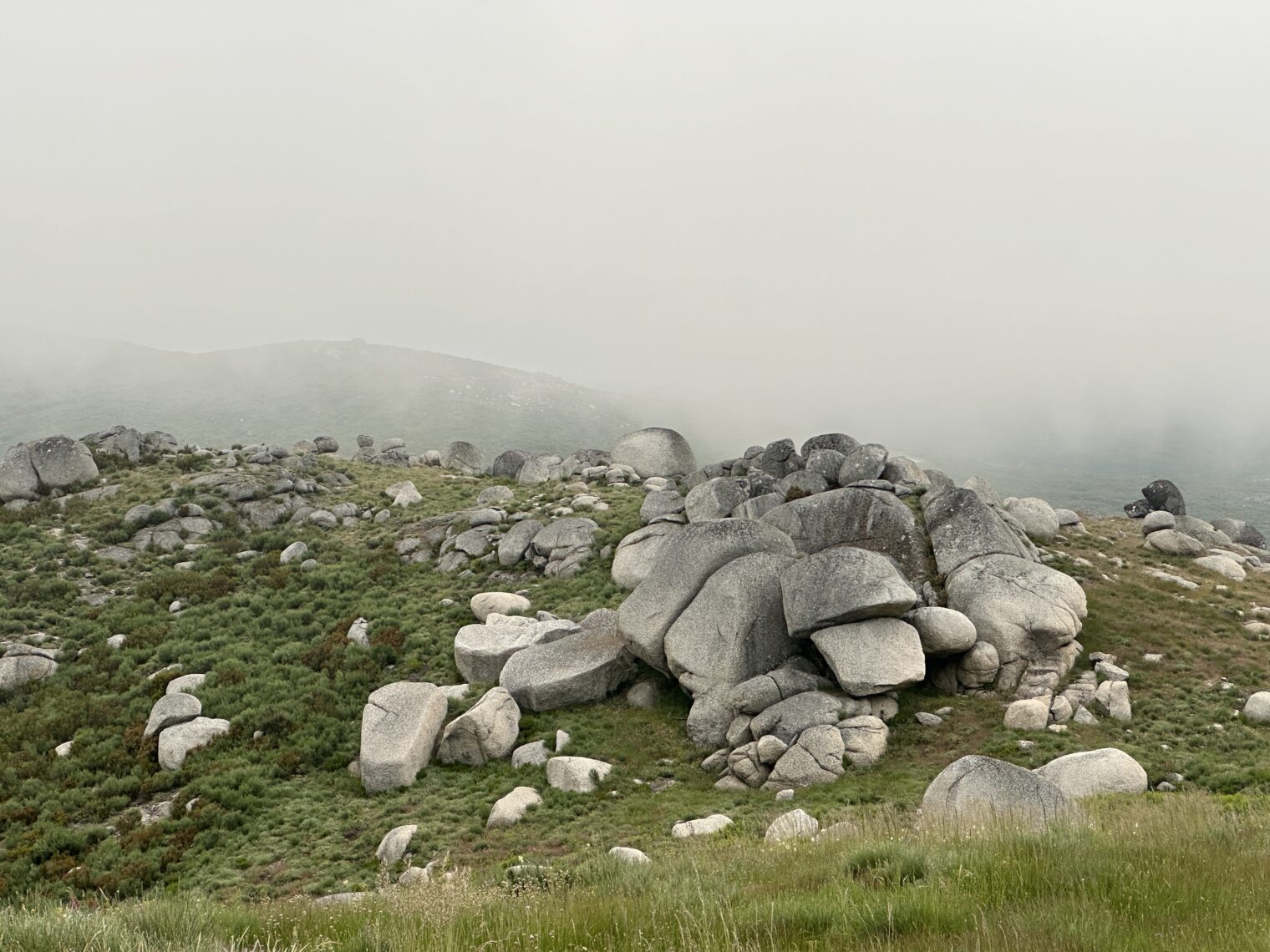
How is mammalian wildlife in Portugal? In American NE main host for spread of ticks is Whitetail Deer which is ubiquitous and in some places exceeds pet dog population in numbers. Bears, coyotes, bobcats, foxes, rabbits and other small game and even birds are spreading ticks as well.
Separately, are there chances that honest opinions about Portugal could hurt you chances of getting Portugese citizenship? Or is it purely transactional thing?
We saw very few mammals other than dogs!
Will the Portuguese immigration officials get excited about English-language musings? I don’t think so. They have a very full plate with, supposedly, about 400,000 applications for visas, citizenship, asylum, etc. And they like to follow laws/rules. You can’t have a criminal record in your home country and you have to make the required investments of time and money in Portugal. That’s about it.
That’s explain low tick population. Mammals that I saw in the wild in American NE, while causally hiking or sitting in my backyard, in order of descending frequency: three kinds of squirrels, whitetail deer, 3 kinds of rabbits,, bats, black bears (from 200 lb to 900 lb weight range), foxes, opossums, coyotes, bobcats, raccoons, minks, other creatures I could not name. Even saw a mountain lion once.
By the way, ticks are not transferring Lyme disease if removed within few hours. High chances to get Lye disease from an infected tick are in cases when it is not removed withing first 72 hours.
Pretty sure obtaining Portugal citizenship requires finishing an ultramarathon in Serra da Estrela & not just looking at it from a car.
You did seem to see a lot of Portugal for a relatively short trip! Indeed June is a very good time to visit, most kids are at school and the majority of Portuguese people take holidays during August, which is also the hottest month. Aside from Lisbon/Sintra/Algarve, most tourist attractions are not busy. This year the temperatures have been rather mild, but in bad years you can have June temperatures above 40ºC (100F). Which is probably why outdoor pools are not heated as they are meant for summer. In the interior and North, summer temperatures are often above 30ºC (86F), and traditional housing don’t have A/C. Which means that as soon as the heat goes through the thick walls, it is difficult to cool.
There are ticks and mosquitoes in the wilderness, but they are rarely a big problem. Mosquitoes in Portugal are rather mild, and worse in the coastal forest north of Lisbon. Most of the native large mammals have been hunted to death. Swamps and marshes used to be very common, but most were cleared and drained from the middle ages onwards (an environmental catastrophe nowadays) to make way for pine forests (useful in shipbuilding). In the only National Park, in Gerês, they are repopulating wolves, wild goats, deer, and other large animals. But sightings are still very rare.
The nicest parts of parks in Portugal are still out of reach of obese tourists, requiring hikes, sometimes long or through steep terrain. An exception is the waterfall and waterhole at Portela do Homem (near the Galician border), which is crowded and best avoided in summer. Close to the road, it still has a steep access and every couple of years people die or get seriously injured from falls.